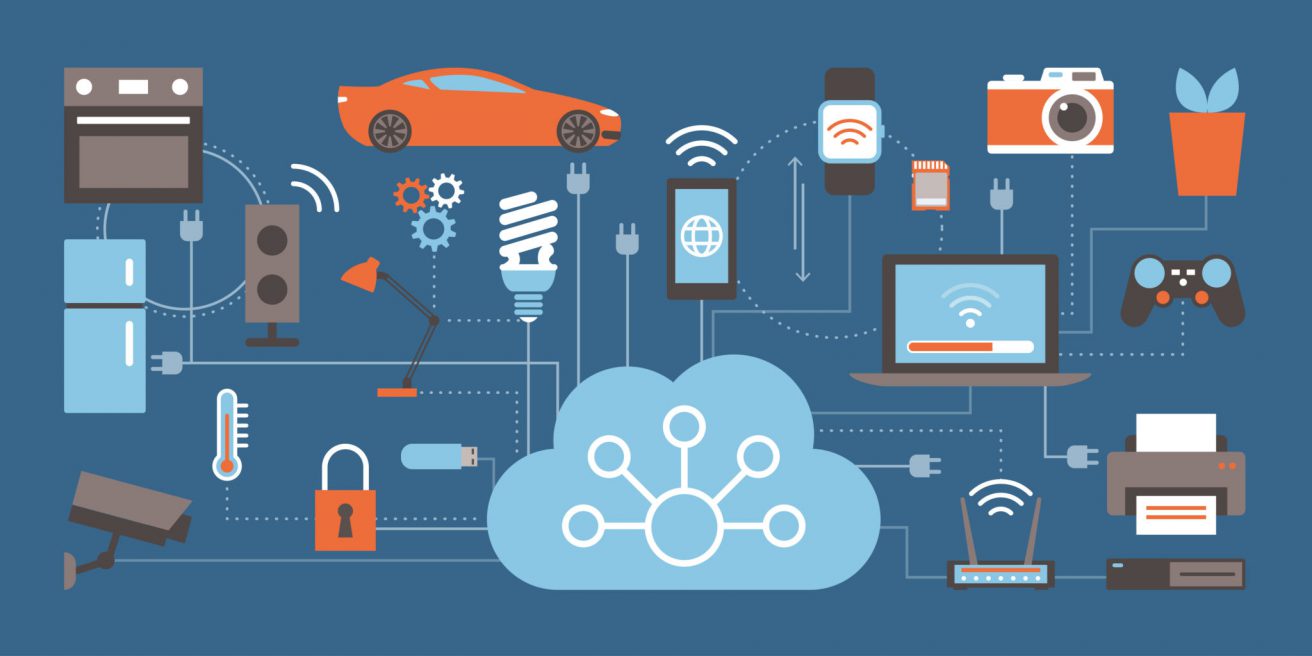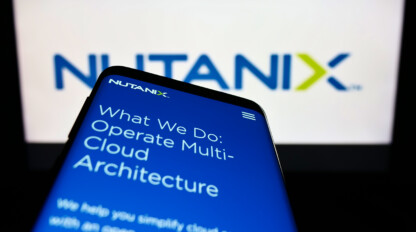Here's the Thing About the Internet of Things

The Internet of Things (also known as IoT) has taken the world by the storm in the last decade. With its many great benefits, though, come challenges. Several forecasts have stated that by 2035, the world will have a trillion devices connected to the internet, ranging from smart fridges, food packaging, bridges, streetlights, vehicles, baby monitors, to the commonly used smart phone device. IoT is certainly not a new topic for anyone, but the challenges that IoT bring are often overlooked, or even ignored. This is largely due to the benefits IoT brings to the world that will help solve challenges society and businesses face in the current and future climate.
Awareness alone can help individuals and businesses address the challenges that IoT innately brings with it. After all, a large chunk of security is about awareness. With awareness, you can implement as many measures considered necessary to help offset the cons of whatever technology or product is being used. Proper risk assessment should always be done. Here are some of the challenges that businesses and consumers face:
-
Outdated Software and Hardware
As more and more IoT vendors come to the market with new insight to how technology changes the operations of people and businesses, support for products is often not kept up. These products may be secure at the point of purchase but become vulnerable as time goes on and hackers find ways to exploit the holes in security, especially if updates are not regularly done. Regular updates are a necessity for anything that connects to the internet.
-
Weak Default Credentials
This applies to consumer devices mostly, as most business IT have the best practice of changing the default passwords as part of standard procedure. Because BYOB is increasingly popular each year, this is likely to be overlooked. When hackers know the default credentials, they can launch a brute force attack, and all it takes is one comprised device in the network to potentially bring operations to a halt, or even cause a breach in data. Consumers should be changing the default credentials as soon as they get the device. Unfortunately, not only do instruction manuals usually not advise you to change the credentials, but a large chunk of users do not even read the manuals in the first place. This is a quite common reason why IoT devices are often compromised. Some businesses struggle to deal with this – especially when they first start a BYOB policy.
-
Data Protection
Now more than ever before, data is everything, and the massive growth of cloud technology in the past decade is heading into the next. Protecting data should be the most important mission for any business and consumer. Once the data is compromised and out there, there is no way you can ever ‘fix’ it. Hackers will have your data, even if you stop the security hole in your system or device. The public learning about a breach, depending on the severity, can massively negatively affect the forecast for both the IoT vendor and business providing a service to its customers.
-
Automation of Data Management
Automation is a big buzzword in the world of technology right now, and rightfully so. It makes operations a lot more scalable, especially in the sense of making workflow more efficient, as well as reduces the chance of human error by a very noticeable amount. IoT naturally requires a lot of data collection, which is further exacerbated with automation and basically inherit these days with the current trends. The slightest of mistakes while configuring can cause an outage, whether just locally or on a large scale, affecting a business’s profit massively, as well as customer dissatisfaction that leads to more losses, which can be critical in industries like healthcare, public utilities or financial services. The IoT vendor and IT department of a business operation must have a solid set of practices to avoid catastrophic outages or security holes from automation, especially since data is the number one priority to protect.
-
Difficulty to Manage
It is easy to say that IoT, along with automation, makes it easier to manage. While that is mostly true, it is also important to recognize the weaknesses, as well. Think about it like this: the more devices there are, it becomes increasingly difficult to monitor all of them. Even for service providers who provide the service and product itself. Consumers and decision makers must also realize that the more devices there are, each one has their own apps, services, requirements that aim to fit the needs of the operator. This means there is more to manage, as well as more endpoints that can be compromised. It also becomes much more difficult to know where the compromised device is, and for a large amount of the time, an operator does not even know their device is compromised. Many devices keep operating without knowing that they have been hacked.
Despite the challenges that the Internet of Things bring, the benefits overshadow the challenges if the consumer and business operations remain aware. Awareness usually leads to action and more caution. However, like everything else tech, the challenges are always evolving as time goes on. This increases the importance of being aware and staying aware, so that appropriate action can be taken to address them. Partnering with ivision gives your organization the power to focus on business goals while we address these challenges. Check out our solutions offerings and services to learn more about white-glove approach to maximize value for your business.



